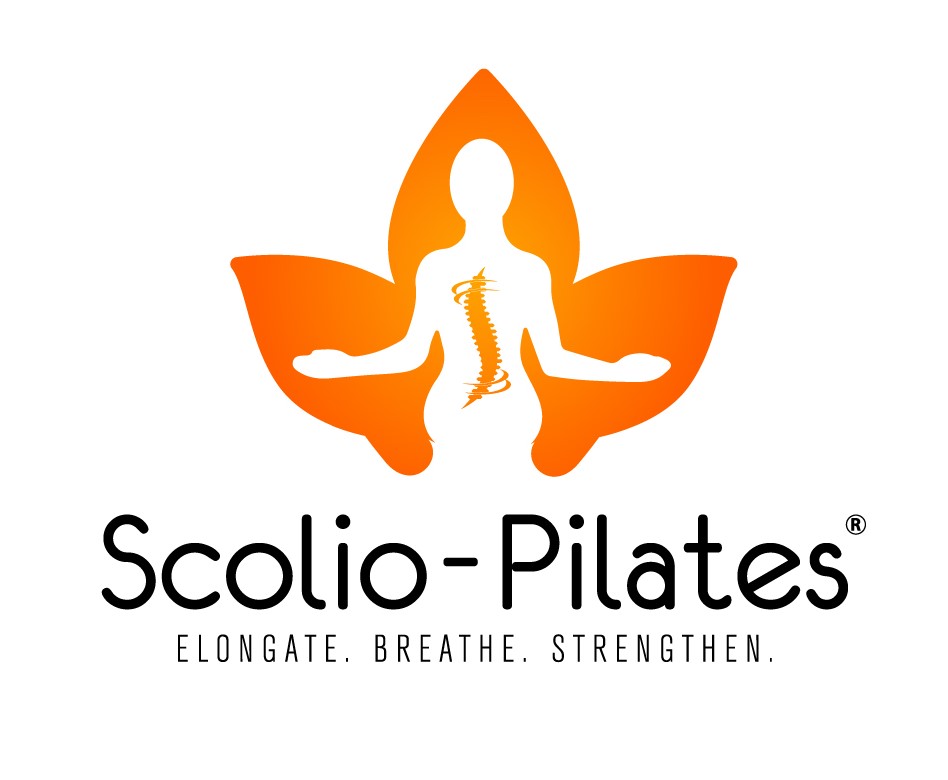 If it does, then you might be what we call in the biz, ‘flexion intolerant’. Simply means that it hurts to bend the spine forward. It probably also hurts to bend over the sink to brush your teeth, or do the dishes. Sitting for long periods of time either in the car or in front of the tv is probably not your friend either. So what do you do with this information? The short answer is to not bend forward. The long answer is this:
If it does, then you might be what we call in the biz, ‘flexion intolerant’. Simply means that it hurts to bend the spine forward. It probably also hurts to bend over the sink to brush your teeth, or do the dishes. Sitting for long periods of time either in the car or in front of the tv is probably not your friend either. So what do you do with this information? The short answer is to not bend forward. The long answer is this:
Train your spine to work in neutral.
A neutral spine means that you are neither bending forward or backward. You are in your perfect alignment. Here’s how to find your perfect neutral alignment:
- Lie on your back with your knees up and the soles of feet planted on the floor.
- Rock your pelvis back and forth between an arch (pulling away from the floor) and a curve (pressing into the floor).
- Gradually make the rocking smaller until you rest somewhere in the middle.
- That is your neutral position. It’s a little different for everyone. Some will be able to slide their hand under their low back in this position and some may be able to put a small pea under their low back.
- Now use this position when you are standing. You can practice the pelvic rocking using a mirror and find your neutral while upright.
Important: In order to hold the position you will have to brace the muscles around your new posture until your spine and abdominal muscles get used to holding it, otherwise the muscles will pull you back to the alignment that you are used to. To get the muscles to hold your new alignment, imagine that a two-year-old is getting ready to punch you in the back. You brace to keep the blow from hurting. Remember, though, this is a two-year-old punch not a twenty-year-old punch. Don’t overdo it.
Now, when you brush your teeth or do the dishes you are no longer going to bend forward from the waist. You are going to brace your neutral spine and if you have to bend forward it will be from the hip joints so that the spine can maintain neutral.
A Tip from the Golfers…
When you watch golfers pick a golf tee up they don’t bend forward at the waist and they also don’t squat down and use their knees. They cantilever over. They put one hand on their thigh and the other leg swings behind them as they reach down to grab the tee. It’s excellent biomechanics. I recommend that you practice that one for all the lightweight things you need to pick up from the floor.
